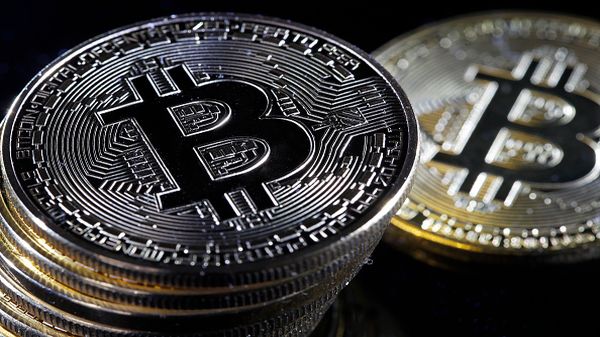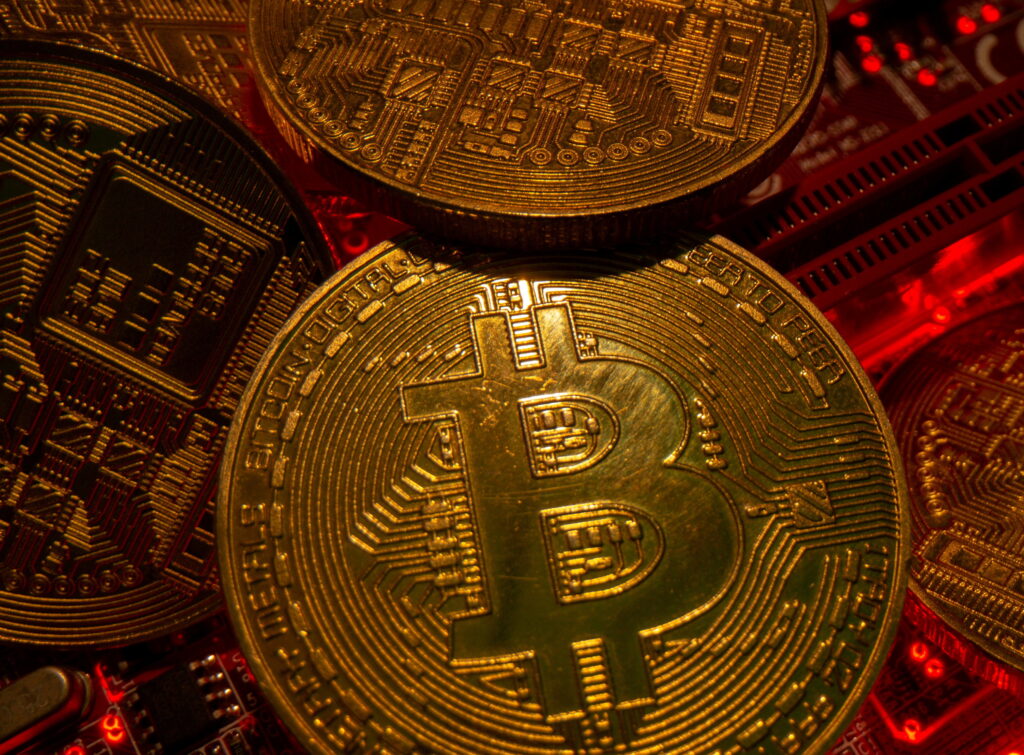Transform Your Financial Future by Excelling in Online Trading Strategies
In today’s digital world, online trading has become a powerful tool for individuals looking to transform their financial future. With the right strategies, anyone can excel in this field and potentially achieve financial freedom. The key to success in online trading lies in understanding the market, developing a disciplined approach, and continuously honing your skills. First and foremost, it is essential to educate yourself about the various types of trading available, such as stocks, forex, commodities, and cryptocurrencies. Each market has its own dynamics, risks, and opportunities. By researching and familiarizing yourself with these markets, you can make more informed decisions that align with your financial goals. Many traders find success by specializing in one area, allowing them to develop a deeper understanding of the nuances and patterns within that market. Once you have chosen your market, the next step is to develop a solid trading strategy. A well-thought-out strategy is crucial because it serves as a roadmap for navigating the complexities of online trading.

This involves determining the types of trades you want to execute, the amount of risk you are willing to take, and setting clear entry and exit points. Risk management is a crucial aspect of any strategy. It is important to only trade with capital you can afford to lose, and to set stop-loss orders to minimize potential losses. Discipline plays a significant role in achieving success in online trading. Emotional decision-making can often lead to poor outcomes, so it is essential to remain calm and stick to your strategy. Successful traders often develop routines, including regular market analysis, xtrade trading at set times, and tracking their progress over time. By staying consistent, you can fine-tune your approach and increase your chances of long-term success. Another key factor to excelling in online trading is learning to adapt to changing market conditions. The financial markets are constantly evolving due to a range of factors such as economic indicators, geopolitical events, and investor sentiment. To stay ahead, you must be prepared to adjust your strategy as necessary.
This may involve modifying your risk tolerance, exploring new markets, or using advanced trading tools such as technical indicators and automated trading systems. Online trading is also about leveraging technology to improve your results. Many platforms now offer sophisticated charting tools, real-time market data, and access to expert analysis, which can significantly enhance your trading decisions. Utilizing these tools effectively can provide you with the edge you need to identify trends and opportunities in the market. Ultimately, excelling in online trading requires patience, continuous learning, and a commitment to improving your skills. By investing in your education, developing a clear strategy, managing your risks, and staying disciplined, you can take control of your financial future. The potential for financial growth through online trading is immense, but it requires dedication and a willingness to adapt to the ever-changing market landscape.





